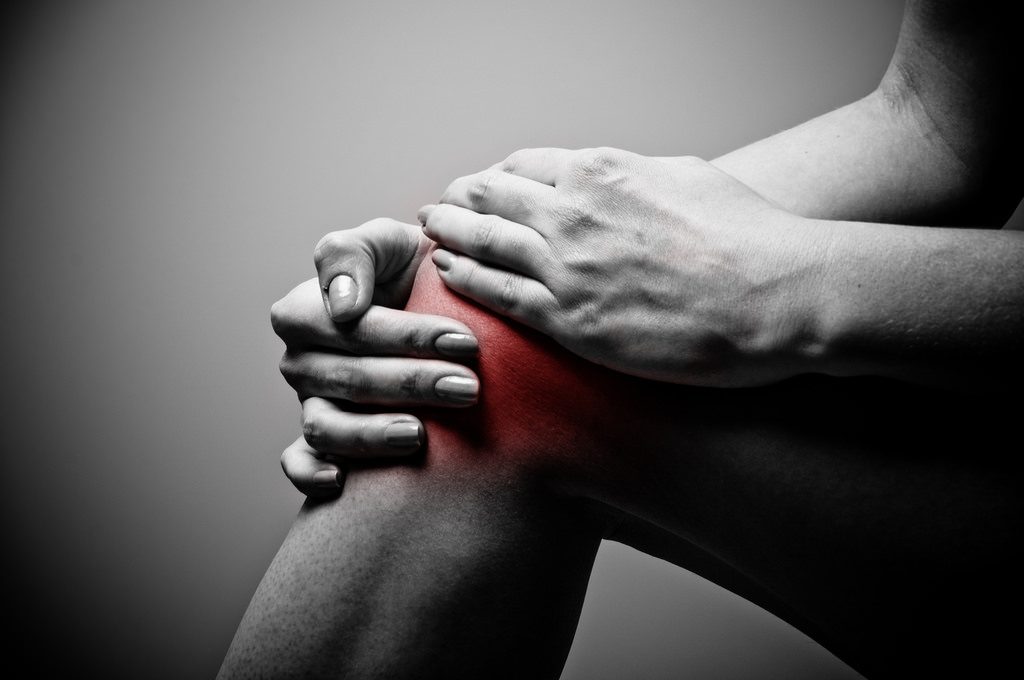From sports-related injuries to arthritis, and even overuse of the muscles that surround the knee, there are so many reasons why pain can develop in the knees. It makes sense too, as the knees are among the most frequently used joints and support virtually all of the body’s weight. In other words, your knees can take a real beating.
No matter what the cause, chances are that your knee pain is causing you a significant amount of discomfort. It might also be limiting your mobility and impacting your everyday life. While it is undoubtedly troubling, don’t lose hope; there is a way that you can ease your pain, and it doesn’t require surgery or medications. How? – With physical therapy.
Your First Appointment: What to Expect
Perhaps your doctor has referred you to a physical therapist for the discomfort in your knee, or maybe you have decided that you want to see a PT on your own to ease your pain. In either case, you might be wondering what to expect at your first appointment.
Your initial visit with a physical therapist is crucial, as it ensures proper diagnosis for your knee pain. At your first appointment, your PT will ask you questions about your pain, including when it started, how severe it is, and if there is anything in particular that you know is causing it. Your therapist will also conduct an examination to get a better idea of how your pain is affecting you. This examination may include the following:
- Palpation. The PT will use his or her hands to feel the structures that surround the knee. Through palpation, the therapist can feel if any abnormalities exist and determine if the pain you are experiencing occurs when a particular structure is touched.
- Evaluation of your gait. During this part of the exam, your therapist will assess how you are walking. As you walk, he or she will look for any changes in the motion of your knee. You will be asked to walk in different directions, at different speeds, and in different positions.
- Range of motion assessment. This assessment will help a therapist gain an understanding of how far you can bend or straighten your knee. Tools may be used to measure your range of motion.
- Balance evaluation. If your balance is askew, you could be placing excessive strain on your knee, which could be the cause of your pain.
- Measurement of your strength. Several muscles are attached to and surround the knee. A measurement of your strength can help pinpoint if weakness in these muscles are causing your discomfort.
- Swelling assessment. A therapist will look for any swelling around the knee. If swelling does exist, he or she will determine its extent.
Physical Therapy Treatment for Knee Pain
Your physical therapist will use the information that was collected during your initial appointment to devise a treatment plan. Your treatment will be customized to meet your specific needs, reduce your pain, and if your mobility has been impaired, restore the function of the knee.
There are various physical therapy techniques that can be used to treat knee pain and improve mobility. Some of the techniques that may be used in your treatment program may include:
- Exercise. No matter what is causing your pain or how severe it may be, exercise will likely be the primary modality used during treatment. Exercises can strengthen the muscles and ligaments that surround the knee, which can help reduce pain. You’ll likely complete exercises during your visits, as well as at home. Your physical therapist will provide guidance to ensure you are completing the exercises properly and offer information that you can use to make sure you are performing exercises properly at home. Your progress will be monitored at each appointment to determine the effectiveness of your exercise program.
- Electrical nerve stimulation. This type of therapy can help to reduce the pain in your knee. It involves attaching electrodes to the area, which are connected to a battery powered device. The device delivers a low voltage of electrical current to the nerves surrounding the knee, which can block pain.
- Heat and ice therapy. Heat can ease the pain, and ice can reduce any swelling that may be contributing to your pain. Typically, heat is applied prior to exercising, and cold is applied after exercising.
- Massage therapy. Your therapist may also use massage therapy as a way to reduce your pain. Through massage, the tissues, ligaments, and muscles that surround the knee can be manipulated to improve their flexibility, thereby reducing pain.
- Ultrasound therapy. This type of therapy provides deep heating that can improve circulation in the soft tissues that surround the knee, including the tendons, muscles, ligaments, as well as the joint itself. It also puts energy into the knee, which creates microscopic gas bubbles that surround the tissues. These gas bubbles rapidly expand and contract, speeding up the cellular processes and improving the rate of healing.
By using a combination of these modalities, your knee pain can be significantly reduced or completely eliminated. Moreover, the function of your knee can be improved. Your physical therapist will determine which modalities will best suit your specific needs and incorporate them into your treatment.
Physical Therapy can be the Answer to Knee Pain
The knees are one of the primary joints in the body. They allow you to walk, run, climb, and even sit and stand. If your knees are in pain, your activity levels can be significantly reduced, which can impact your overall health and well-being. If discomfort in your knees is impacting your life, it is in your best interest to speak to a physical therapist. If physical therapy doesn’t cure your knee pain then Shockwave Therapy Broward County FL can be a good alternative.

